20+ Websites for Incredible Free Stock Photos
Whether
you’re a blogger looking for the perfect photo to accompany your
article or a designer in need of an image for a new T-shirt, there are
innumerable reasons that free images come in handy. But, as you’re
searching for stock photography, it’s important to know the right places to do so in order to find what you’re looking for and to use the images properly.
Luckily,
there are many free stock photography websites to meet the needs of any
project. Some sites specialize in particular genres, like food or
travel photography, while others cast a wider net. To make things easier
for you, we’ve broken down the top 22 websites for free image downloads,
as well as a quick reminder on how image licensing works. Before you
use any free stock photo in your next creative project, make sure you
clearly read the terms of usage and credit the photographer (if
necessary).A Quick Guide to Using Free Stock Photography
It’s always important to remember that just because something is online, it doesn’t always mean it can be used without copyright. Check the terms of usage carefully for each resource to determine how it can be used. Some resources allow for commercial use, while others are under copyright and available for personal use only. Here’s a quick list of the types of usage you may find:Public Domain– A public domain work (Creative Commons Zero) is freely available and has no copyright restrictions on usage, including commercially. Read more about public domain in different countries.
Creative Commons – In 2001 this American non-profit started issuing free licenses to help people share their work in a clear manner. See some of the different licenses you’ll come upon, some of which require attribution to the original source or exclude the work from use in commercial products.
Tips for Commercial Usage
If you are using images from a free stock site for commercial purposes, you’ll want to keep in mind a few things to ensure you won’t run into any trouble later. Model releases and property releases are just some of the paperwork you’ll want to make sure is covered by any site you download from. You’ll also want to ensure that photographs don’t include anything that is under copyright—like the Eiffel Tower at night—or trademarked. Friendlystock has written a helpful post on how to make sure you protect yourself from any potential lawsuits over unauthorized commercial usage.Now that you know how to use stock photos, here’s our list of the 22 best websites for free image downloads.
Burst – Shopify’s stock photography site has thousands of images that can be used in commercial projects without attribution.Canva – This powerful graphic design tool also has a great selection of free stock images divided into easily recognizable categories.
Foodies Feed – The name says it all. If you need food photos, this site’s for you.
Free Nature Stock – Again, the name says it all. Updated daily, if you are looking for free nature stock photography, this is the place to go. All the images are taken by photographer Adrian Pelletier, who created the site, and are licensed under Creative Commons Zero.
Gratisography – In addition to offering a wide selection, Gratisography is filled with whimsical, humorous images.
ISO Republic – This site lets you sort by category and is known for the wide array of photographers who submit their work.
Kaboompics – Updated daily, the site also allows you to search by color and includes thematic photoshoots, all free to use in any way you’d like.
Life of Pix – New photos are added weekly to this beautifully curated site, with all images in the public domain. They also have a sister site—Life of Vids—for stock video clips.
Magdeleine – A new high-resolution photograph is added daily and it’s possible to search images by color.
MMT– Highly curated, artistic photographs that are available for commercial usage.
Morgue File – Since 1996, the site has been a place for professionals and creatives to exchange images. All photos in the archive can be downloaded and used for any purpose, even in commercial projects.
New Old Stock – Vintage photos from public domain archives around the world.
Pexels– This site gives the ability to search by popular photos and categories and adds 5 new images to the site every day.
Picography – Great source for lifestyle and travel photography, with all images registered under the CC0 license.
Pixabay – More than 1 million photos, vectors, and illustrations available. You’ll have to wade through to find the highest quality, but there are some good finds if you’re willing to look.
Public Domain Archive – Free public domain images, including photographs from vintage archives.
Realistic Shots – Clean, straightforward stock photography available for commercial use, divided into categories like nature, technology, architecture, nature, and people.
Snapwire Snaps – Every week, 7 new photos are added to the site, each clearly marked with the image’s Creative Commons license, as well as the link to the photographer so you can check out their other work. Most of the photos are available for commercial usage.
Startup Stocks – Business and office-related photography. Unfortunately, the site isn’t searchable, so you’ll need to scroll through the feed to pull out what you need.
StockSnap– This huge search engine of stock sites adds hundreds of high-resolution images every week.
Superfamous – The selection isn’t vast, but the site’s abstract nature images make up for it.
Travel Coffee Book – Though not updated often, this collection of free CC0 photos is perfect if you are looking for city and travel photography, with a particular focus on locations in Asia.
Unsplash – A huge range of photographs that are also searchable by collection. If you’re looking for evocative, filter-heavy imagery, this site’s for you.
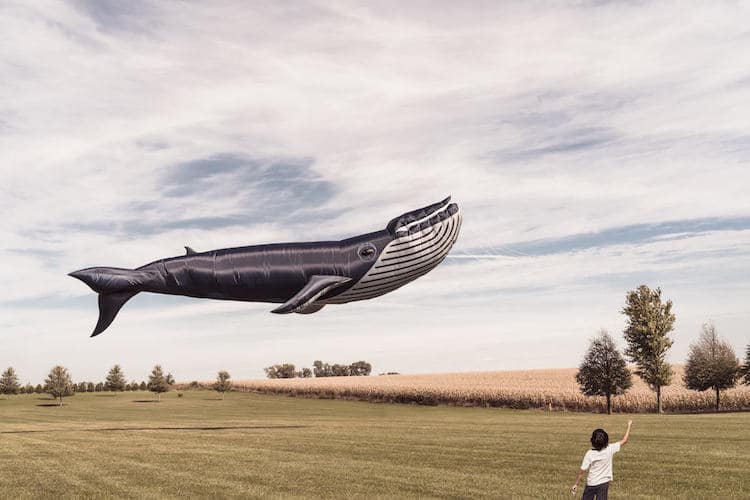
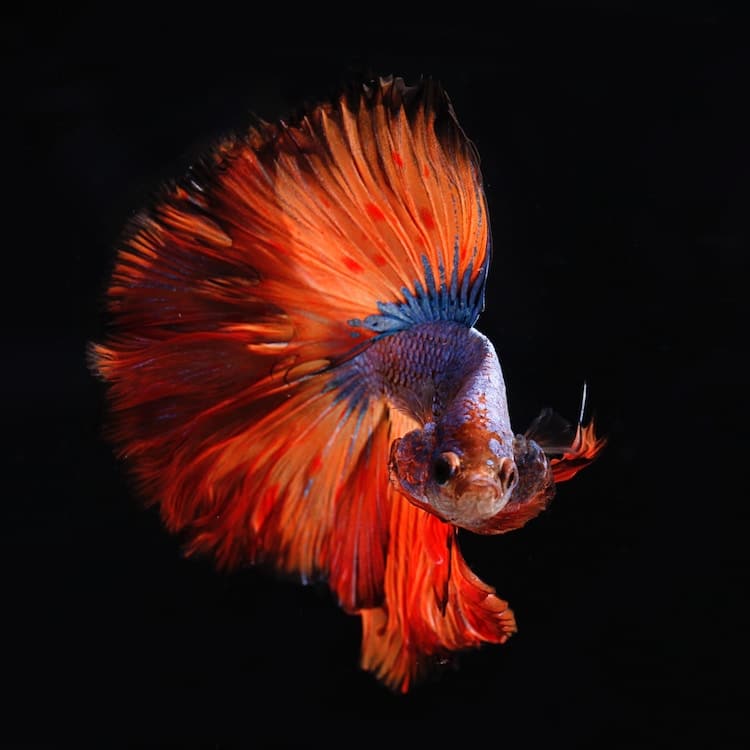
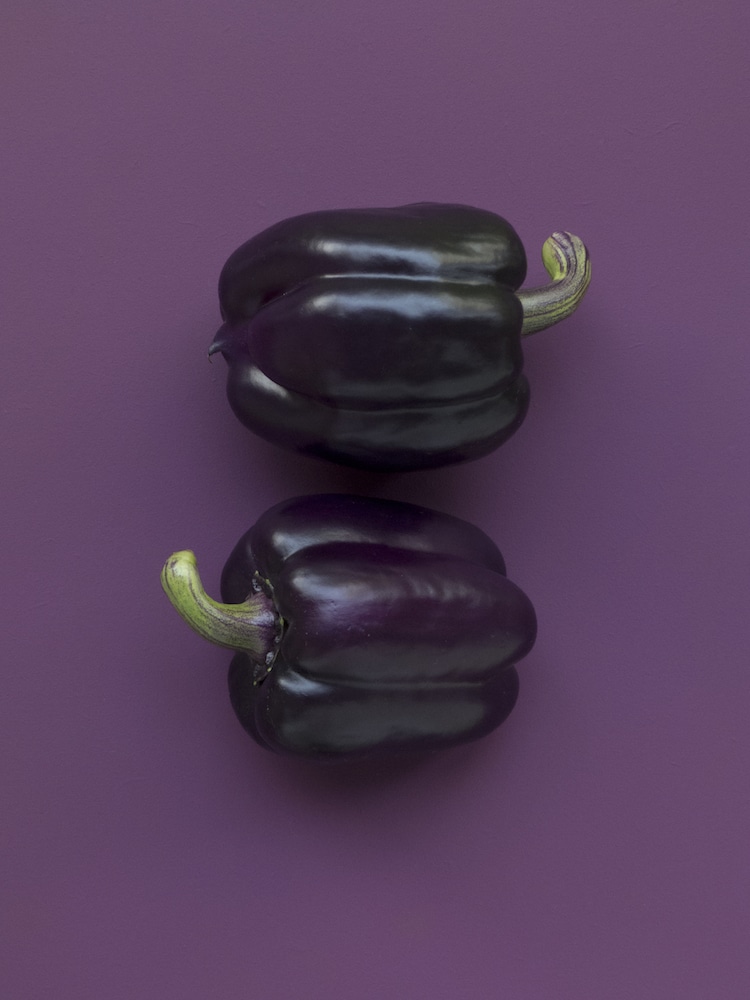
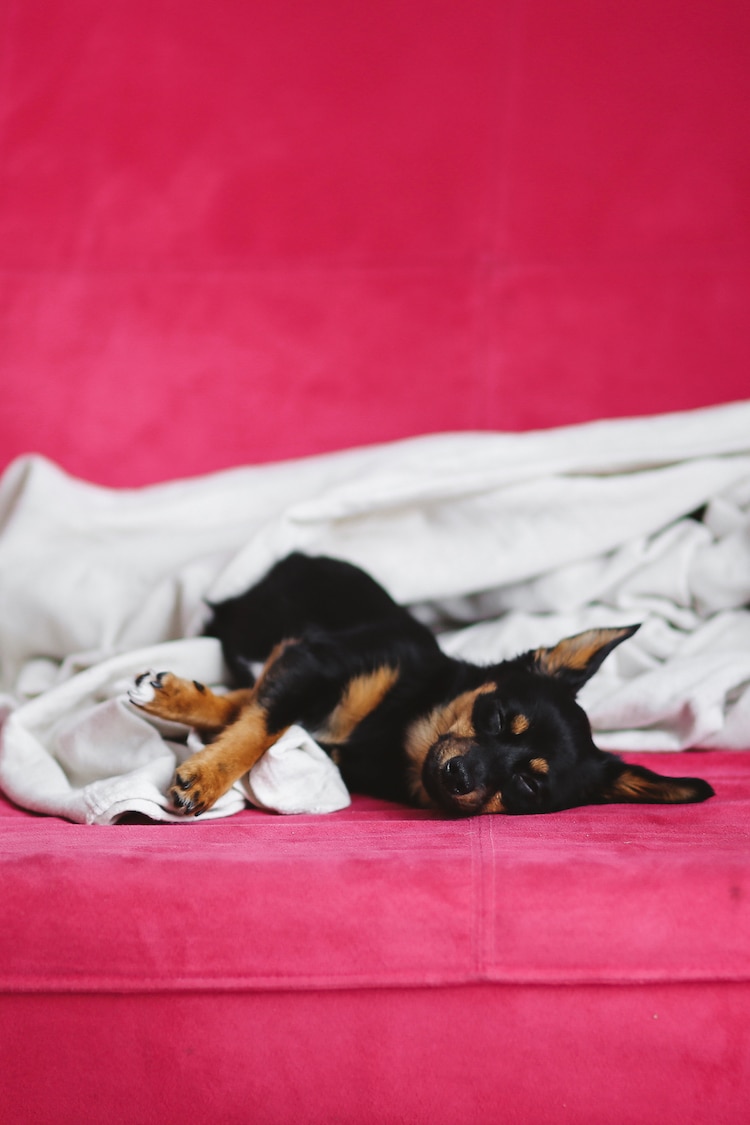
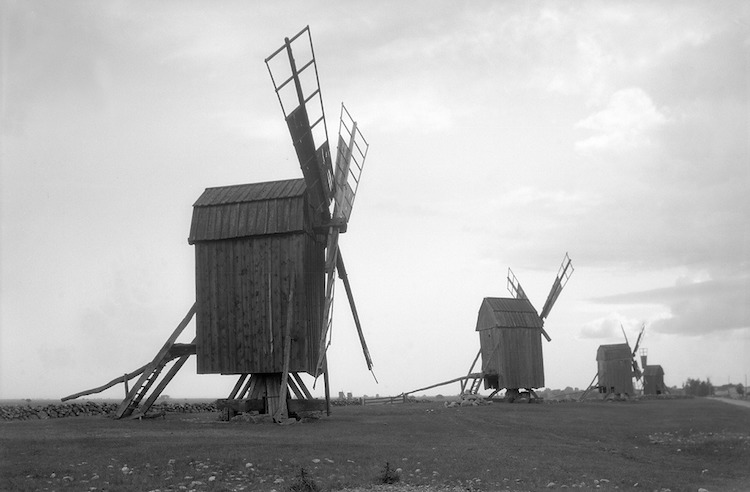
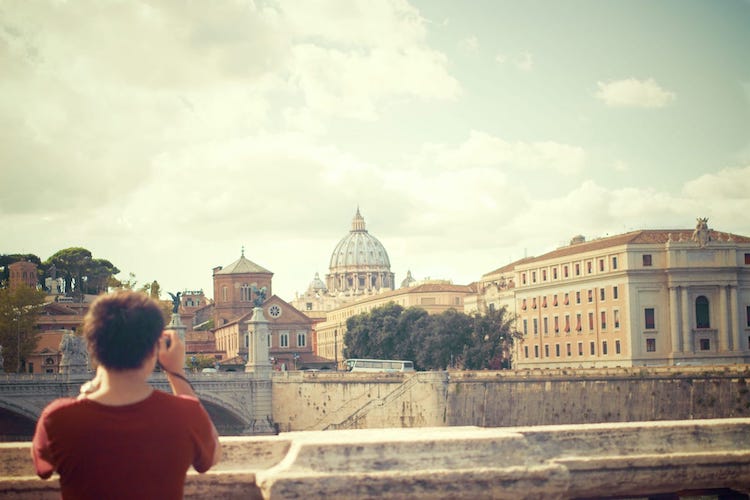
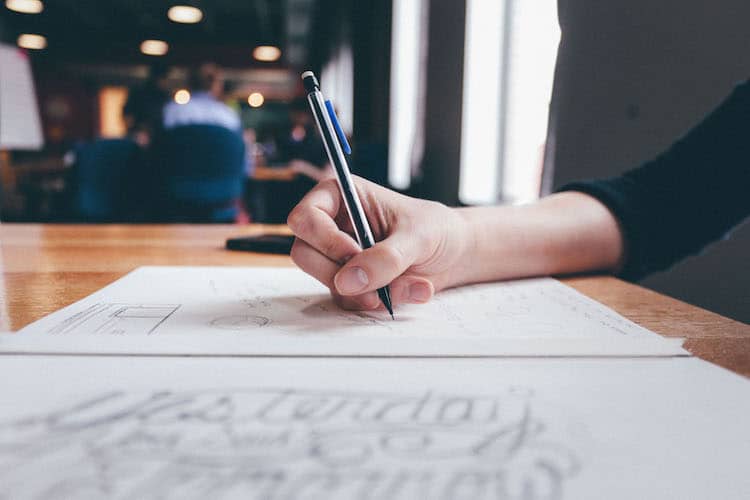
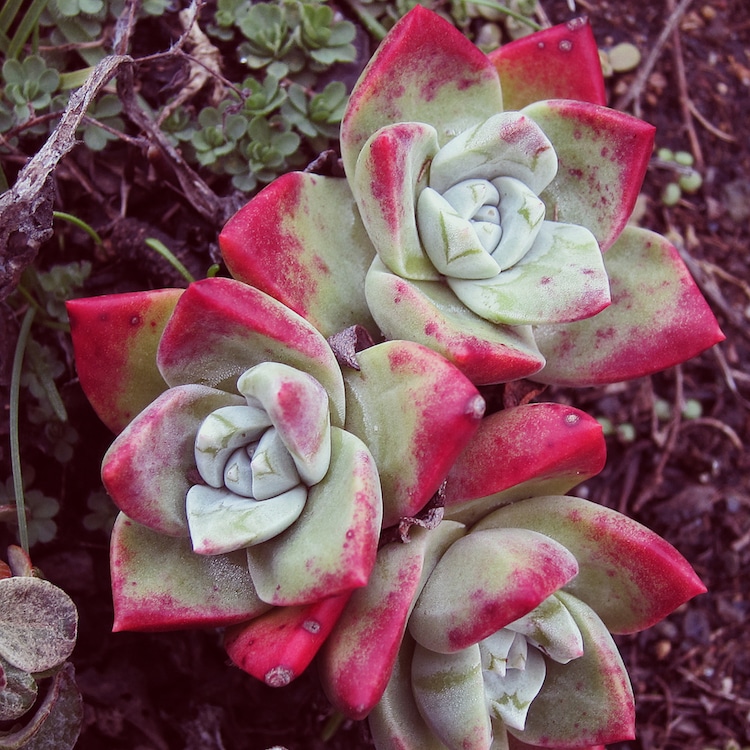
 Image Credit:
Image Credit:  Image Credit:
Image Credit:  Image Credit:
Image Credit:  Image Credit:
Image Credit:  Image Credit:
Image Credit:  Image Credit:
Image Credit:  Image Credit:
Image Credit:  Image Credit:
Image Credit:  Image Credit:
Image Credit:  Image Credit:
Image Credit: 









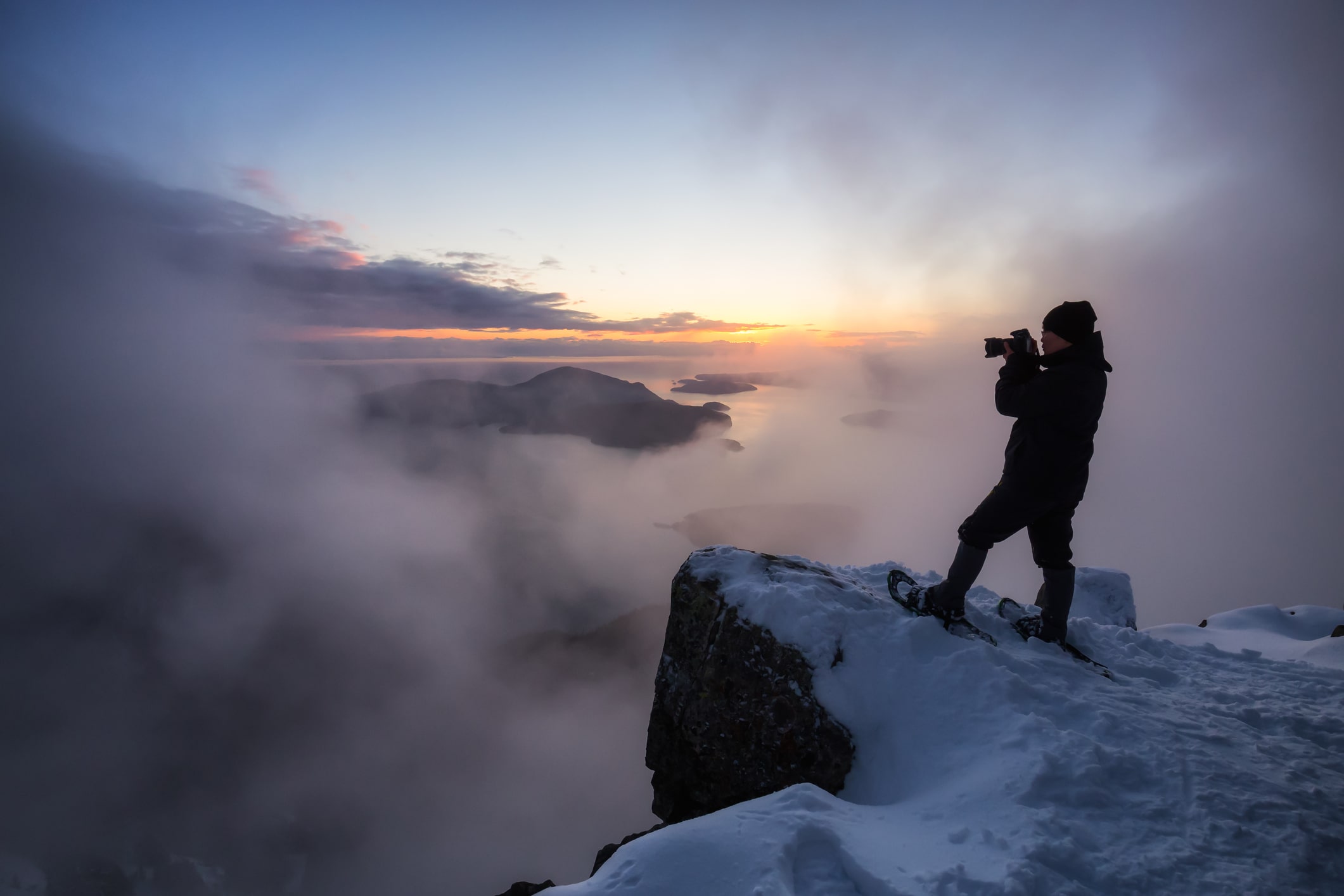 Image Credit:
Image Credit: 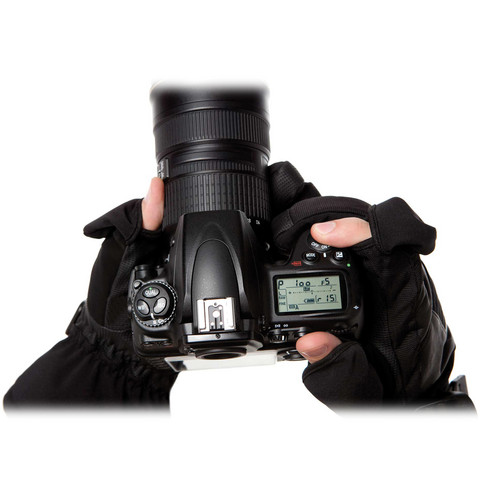
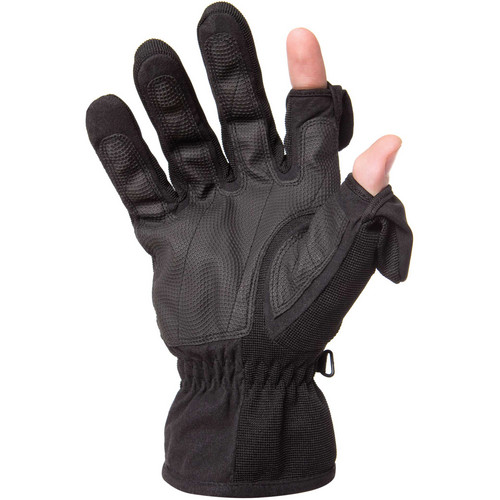
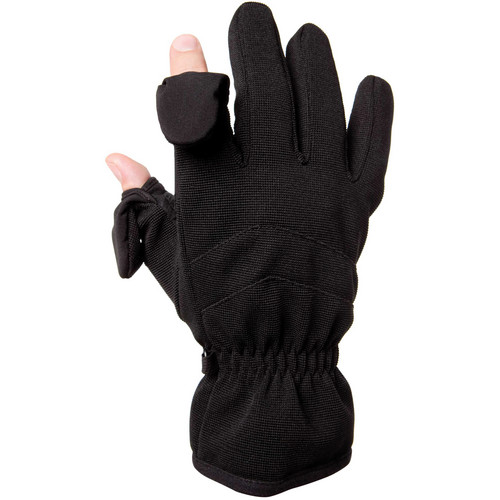
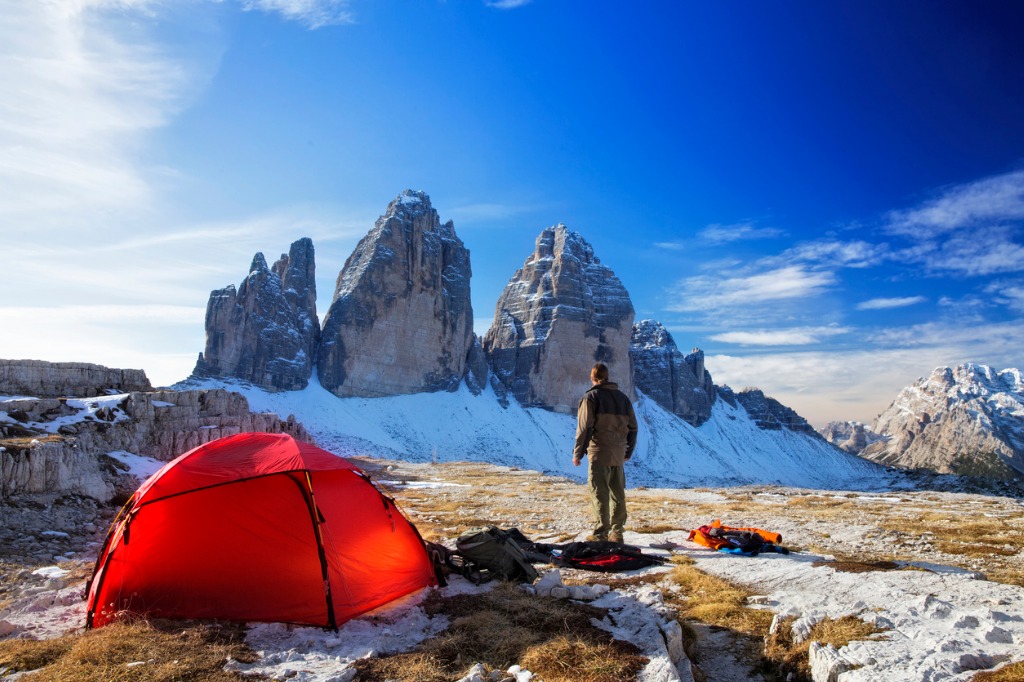 Image Credit:
Image Credit: 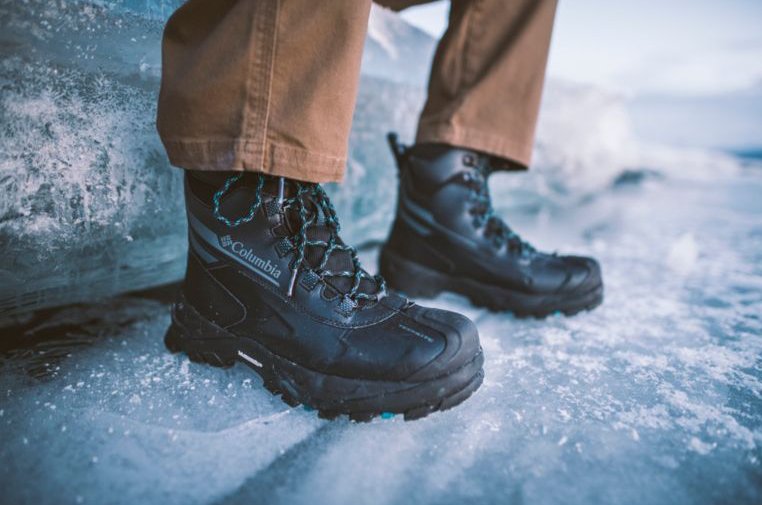
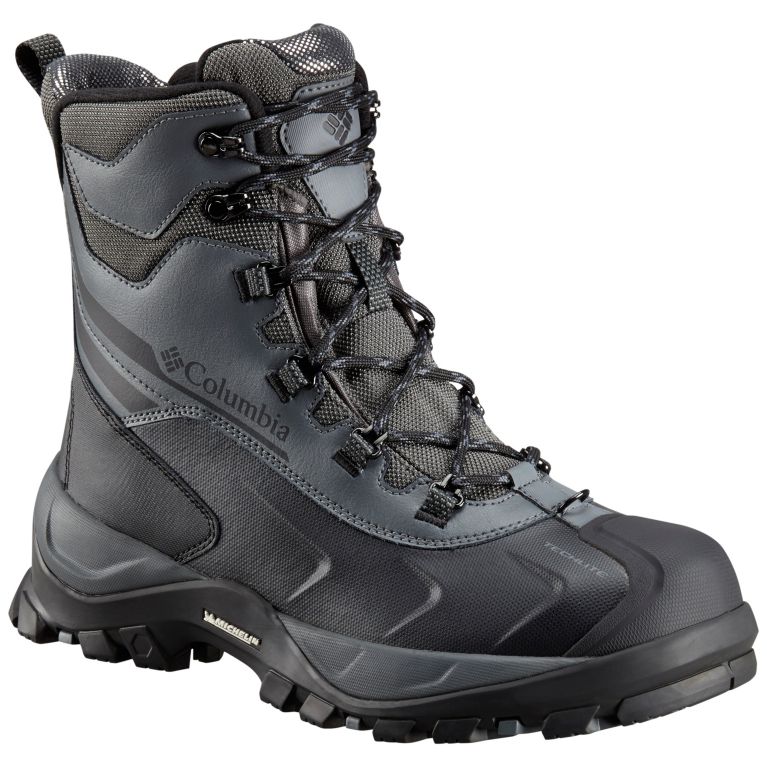
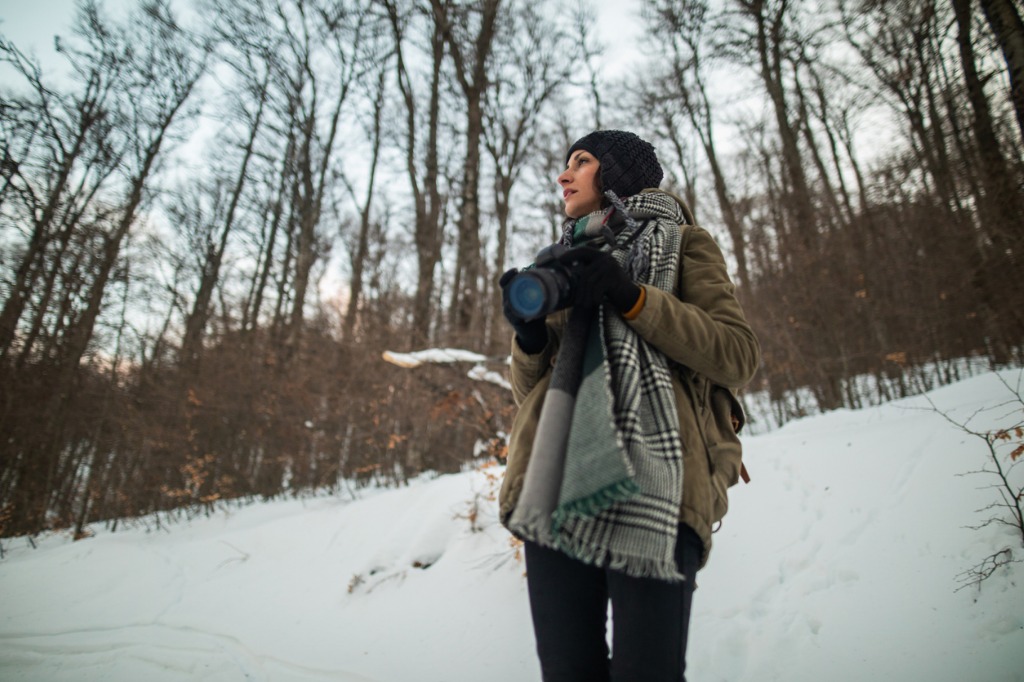 Image Credit:
Image Credit: 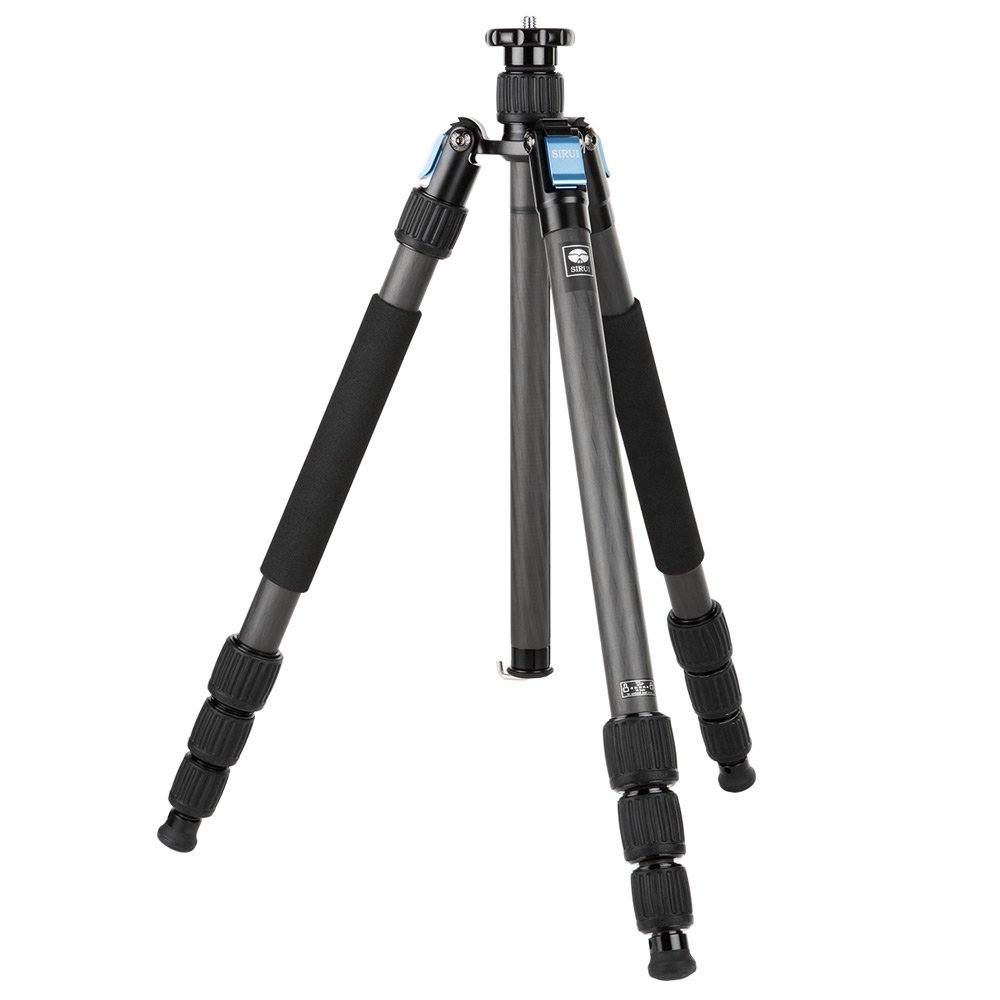
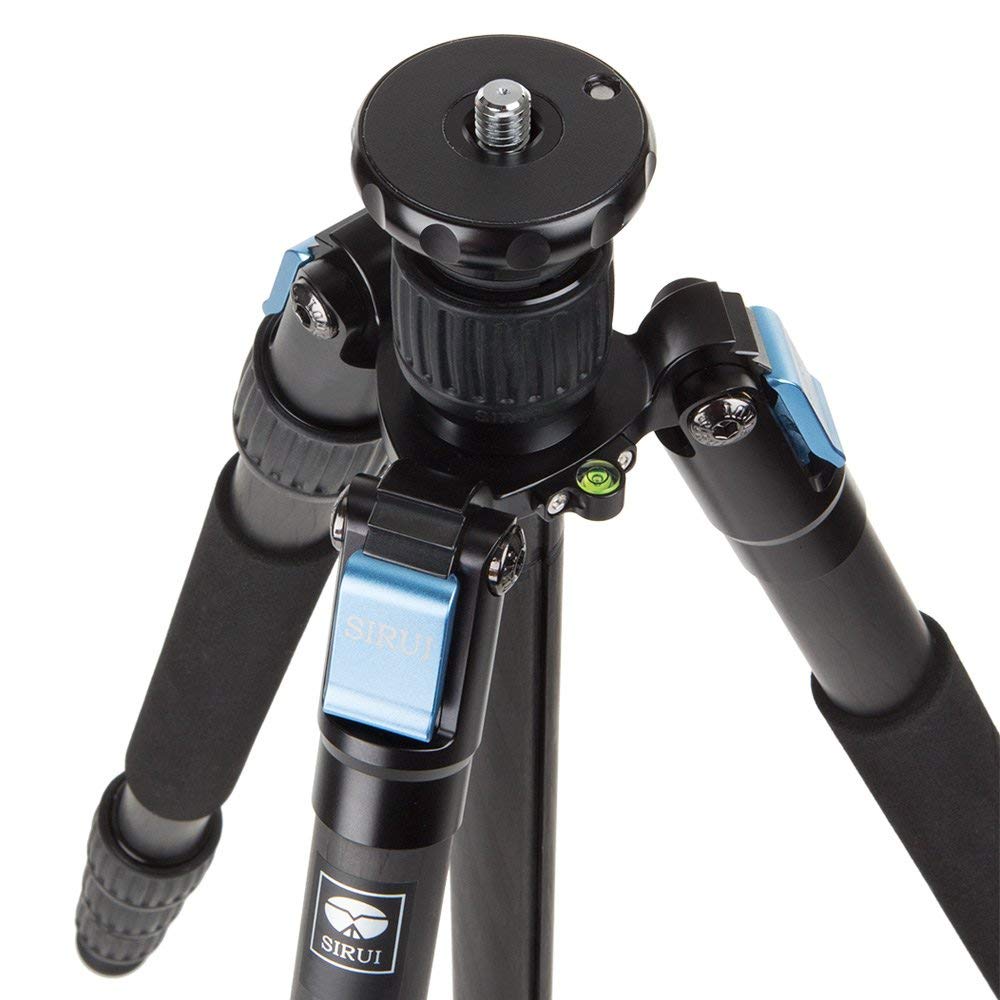
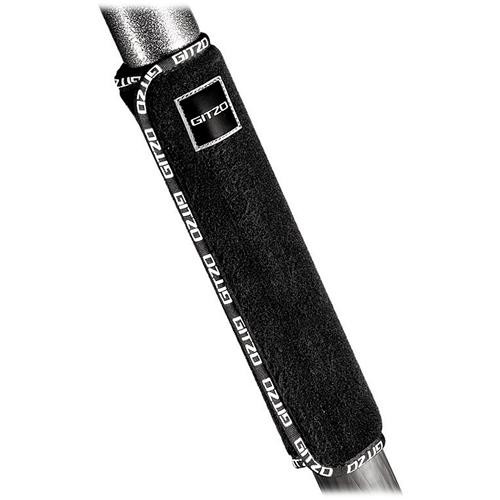
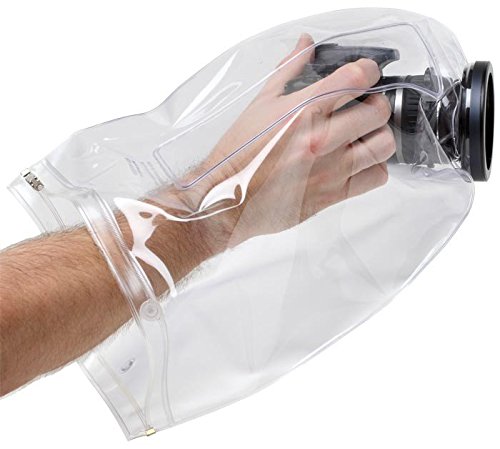
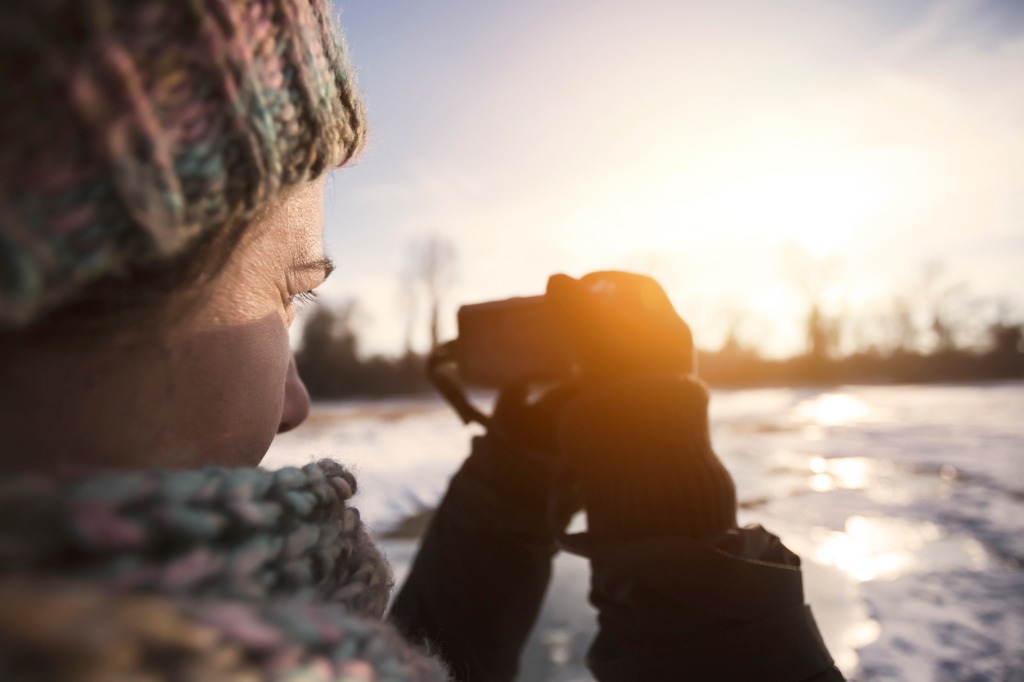 Image Credit:
Image Credit: 
